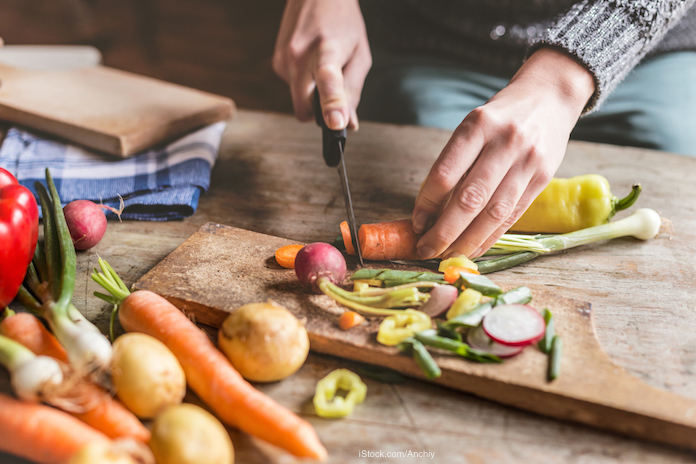The FDA has released the 2016 Food Safety Survey Report. This is a periodic national telephone survey of adults in the 50 states and the District of Columbia. This survey has been conducted since 1988 and is used to help the FDA and USDA make regulatory and education decisions.

The 2016 survey was the first time cell phone users were sampled in addition to landline phone users. The survey interviewed 4,169 respondents between October 2015 and January 2016. The key findings are below.
The survey found that consumers are somewhat concerned about getting a foodborne illness from how they prepare food, but think that people are more likely to get sick from food prepared at a restaurant. It is true that more outbreaks (defined as two more more unrelated people sickened with the same bacteria from a common food) are linked to restaurant food. But 48,000,000 Americans get sick from food poisoning every year and most of those illnesses are not part of a multi person outbreak. And most food poisoning illnesses are not reported to public health officials.
And consumers are more concerned about raw chicken and raw beef being contaminated than raw vegetables. Sixty-six percent of respondents thought that raw chicken and raw beef were “very likely” to have pathogenic bacteria, and only 6% thought the same of raw vegetables. But in a CDC report that covered the time frame 1998 – 2008, produce accounted for almost half of the food poisoning cases reported to the government. And leafy greens were linked to a majority of those illnesses.
Awareness was high for Salmonella and E. coli bacteria among the respondents, but it’s low for Campylobacter. Only 16% of respondents were aware of Campylobacter bacteria.
Consumers were more likely to wash their hands with soap after touching raw meat (85%) or raw fish (85%) than before preparing food (75% use soap all the time) or after cracking raw eggs (43%). And while 67% of respondents say they own a food thermometer, only 38% always use a food thermometer for roasts, compared to 19% for chicken parts, 6% for baked egg dishes, and 10% for hamburgers.
Most consumers wash cutting boards after cutting raw meat to reduce the risk of cross-contamination. And most consumers (83%) refrigerate meat and chicken dishes within to hours of cooking.
But most consumers still wash chicken parts or whole chickens before cooking them, even though studies show this practice spreads pathogenic bacteria around the kitchen. Sixty-seven percent said they always washed raw chicken parts before cooking, and 68% said they always washed whole chickens or turkey before cooking them.
Finally, 48% of respondents use devices such as smartphones or tablets while cooking, but only 35% wash their hands with soap after touching these devices. And 65% of respondents had not heard of mechanically tenderized beef, but 44% of respondents said they were “not at all likely to buy it” if they saw it in a store.




